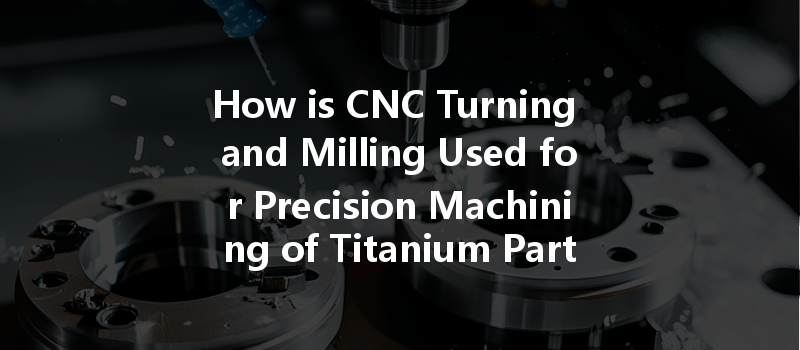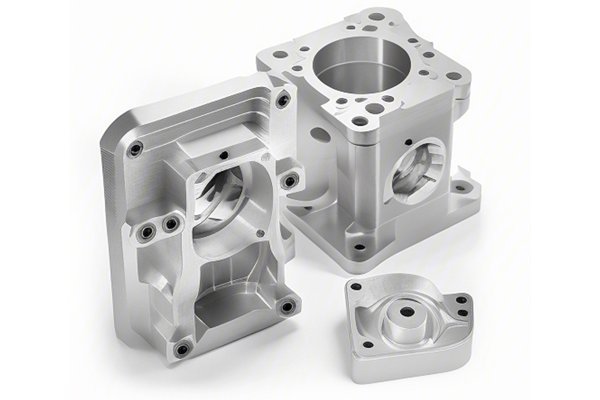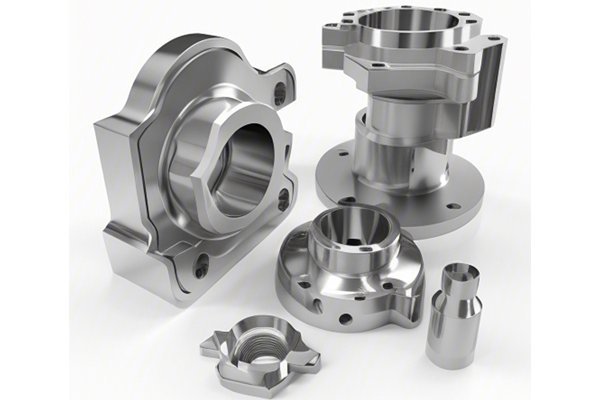Did you know that titanium is the ninth most abundant element in the Earth’s crust? Despite its prevalence, titanium stands out for its incredibly unique properties. It’s lightweight yet incredibly strong, offering a superior strength-to-weight ratio that’s unmatched by many materials, making it invaluable in industries ranging from aerospace to medical devices. This brings us to the intricate world of CNC (Computer Numerical Control) turning and milling – two precision machining processes that harness the extraordinary potential of titanium. How do these methods work together to create high-quality parts? In this comprehensive blog, we’ll explore the answers to this question and much more.
Understanding CNC Machining: The Basics
What is CNC Machining?
CNC machining refers to the use of computer-controlled machines to shape materials into precise part specifications. CNC machines can perform various operations, including turning, milling, drilling, and grinding.
Key Terminology
Why Choose Titanium?
Titanium has several characteristics that make it an ideal candidate for machining:
The CNC Turning and Milling Process Explained
CNC Turning Process
Benefits of CNC Turning for Titanium
CNC Milling Process
Benefits of CNC Milling for Titanium
Selecting the Right Equipment
Choosing the right CNC machine is crucial when working with titanium. Here’s what to consider:
Machine Specifications
Tooling Options
Best Practices for CNC Machining Titanium
Pre-Production Planning

Machining Parameters
Tool Management
Quality Control and Assurance
Seeing is believing, but when it comes to precision machining, you can’t leave anything to chance. Here’s how to ensure the quality of your titanium parts:
Inspection Techniques
Importance of Documentation
Maintaining rigorous documentation standards ensures that all processes, materials, and machinery settings are logged for future reference and quality control.
Applications of CNC Machining of Titanium Parts
Here are some critical applications where precision titanium parts play an essential role:
Aerospace Industry
Titanium’s strength-to-weight ratio makes it a prime candidate for components like landing gear and airframes.
Medical Devices
From surgical instruments to implants, precision CNC machining ensures that titanium medical devices are reliable and biocompatible.
Automotive Sector
High-performance automotive components made from titanium contribute to overall vehicle performance while reducing weight.
Marine Engineering
Construction of marine hardware that withstands harsh conditions without corroding.
Challenges in CNC Machining of Titanium
Despite its many advantages, machining titanium presents certain challenges:
Tool Wear
Machining titanium can lead to rapid tool wear, making tool selection and careful monitoring paramount.
Work Hardening
Titanium tends to work-harden, meaning if a tool is not sharp or suitable, it could create more challenges.
Economic Cost
Machining titanium can be more expensive than other materials, primarily due to the tooling and longer machining times.
Emerging Trends in CNC Machining of Titanium
Additive Manufacturing
The integration of additive manufacturing with CNC machining methods is becoming increasingly popular, allowing for more intricate designs.
Automation
With advancements in robotics, automating some CNC machining processes leads to increased efficiency and precision.
Sustainable Practices
Environmental considerations are resulting in the adoption of greener practices in CNC machining, including recycling scrap materials.
: The Future of CNC Machining for Titanium Parts
In this blog, we’ve explored the fascinating world of CNC turning and milling as applied to titanium parts. We’ve covered the intricate processes, best practices, and the essential equipment needed for successful machining. The titanium industry is poised for growth as technology continues to advance, making CNC machining an even more vital process in producing reliable, high-quality components.
As you consider the relevance of precision machining in your work or industry, remember that CNC machining not only enhances efficiency but also elevates the quality of components produced in various sectors. This understanding can lead you to make informed decisions in your operations, thus positioning your business advantageously in a competitive market.
Don’t underestimate the importance of leveraging the right technologies, tools, and processes to revolutionize your production capabilities with titanium. Embrace the future of machining, where precision, efficiency, and innovation are fundamental to success.






